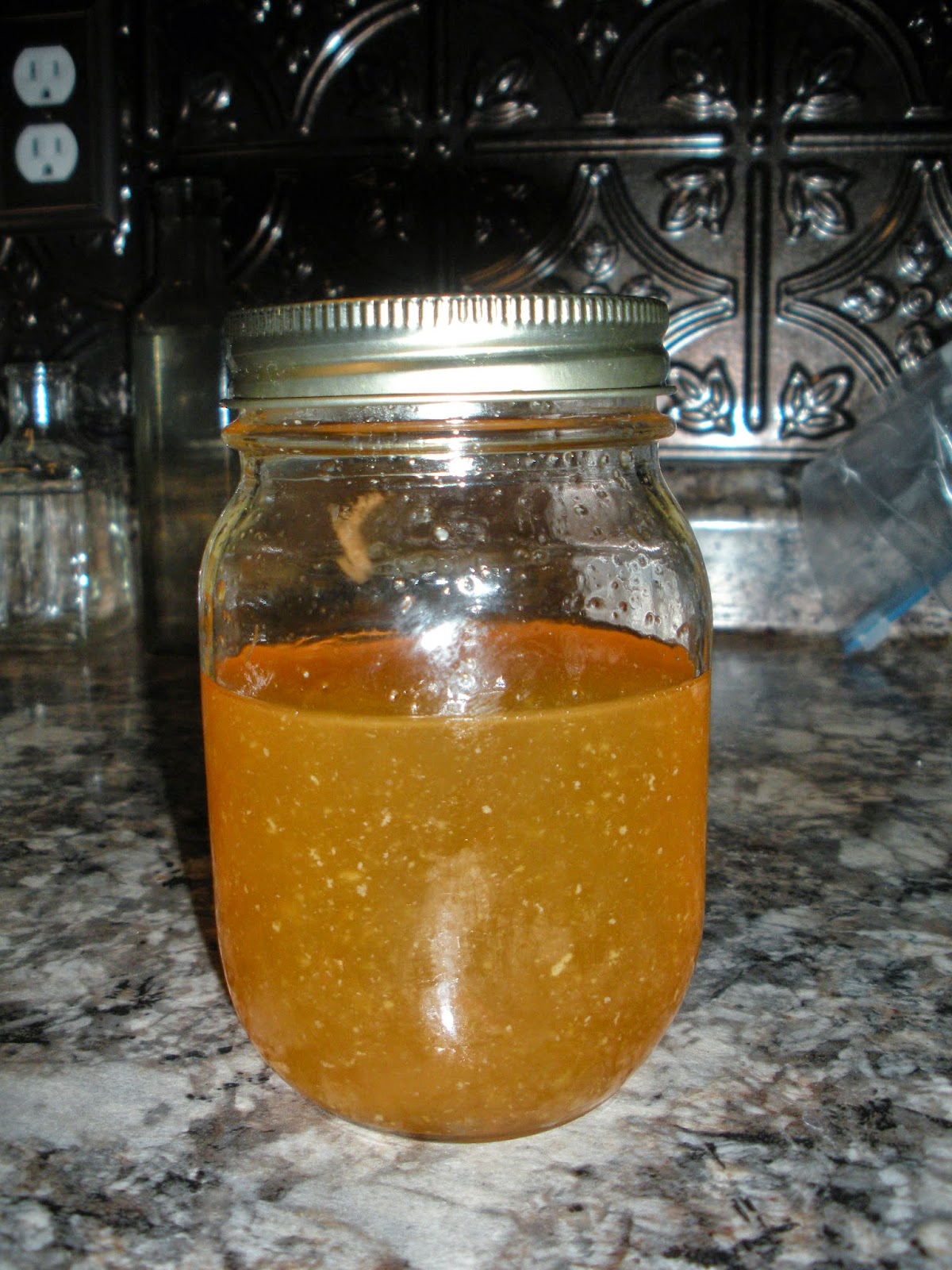It’s harvest time in the northern hemisphere, and springtime in the southern hemisphere. Make something either to preserve that produce that you’re harvesting, or replenish your supply after the winter! Fruit and vegetable jams, jellies, and preserves are the focus!
Intro
I have a favorite historical recipe and it calls for marmalade of various kinds. I have used this recipe several times at historic events. I use store-bought marmalades every time. The preserving process just seems so complicated. At an event last spring, I decided I had cowered in fear long enough and I would tackle a marmalade. The recipe sounded simple enough, oranges (or lemons), sugar, water. It was a disaster that had me heading to the grocer's for the trusted Smuckers. I consulted my trusty friends on social media. "Add more pectin powder," they sagely advised. "The recipe didn't call for pectin powder," I replied in increasingly terse terms. They agreed one didn't need pectin powder for citrus because the white membranes had the pectin naturally. Some advised leaving the colored rind sections off, some advised they added flavor. My head spun from the conflicting advice that didn't match the simple recipe I had.
Well, I will not be conquered. I will try again. I can always make modern citrus sauces if I fail again.
The Recipe:
From: Directions for Cookery, In It's Various Branches by Eliza Leslie, 1840, page 243
Orange Marmalade
--Take fine large ripe oranges, with thin deep-coloured skins. Weigh them, and allow to each pound of oranges a pound of loaf-sugar. Pare off the yellow outside of the rind from half the oranges, as thin as possible; and putting it into a pan with plenty of cold water, cover it closely (placing a double cloth beneath the tin cover) to keep in the steam, and boil it slowly till it is so soft that the head of a pin will pierce it. In the mean time grate the rind from the remaining oranges, and put it aside; quarter the oranges, and take out all the pulp and the juice; removing the seeds and core. Put the sugar into a preserving kettle, with a half pint of clear water to each pound, and mix it with some beaten white of egg, allowing one white of egg, to every four pounds of sugar. When the sugar is all dissolved, put it on the fire, and boil and skim it till it is quite clear and thick. Next take the boiled parings, and cut them into very small pieces, not more than half an inch long; put them into the sugar, and boil them in it ten minutes. Then put in the pulp and juice of the oranges, and the grated rind, (which will much improve the colour,) and boil all together for about twenty minutes, till it is a transparent mass. When cold, put it up in glass jars, laying brandy paper on the top.
Lemon marmalade may be made in a similar manner, but you must allow a pound and a half of sugar to each pound of lemons.
The Date/Year and Region:
Philadelphia, Pennsylvania, 1840
How Did You Make It:
Pare off the yellow outside of the rind from half the oranges, as thin as possible;
... and putting it into a pan with plenty of cold water, cover it closely to keep in the steam, and boil it slowly till it is so soft that the head of a pin will pierce it.
In the mean time grate the rind from the remaining oranges, and put it aside; ...
quarter the oranges, and take out all the pulp and the juice; removing the seeds and core.
Put the sugar into a preserving kettle, with a half pint of clear water to each pound, and mix it with some beaten white of egg, allowing one white of egg, to every four pounds of sugar.
About 2 lbs of oranges equals 2 lbs of sugar and a pint (2 cups) of water and one egg white.
When the sugar is all dissolved, put it on the fire, and boil and skim it till it is quite clear and thick.
Next take the boiled parings, and cut them into very small pieces, not more than half an inch long; put them into the sugar, and boil them in it ten minutes.
Then put in the pulp and juice of the oranges, and the grated rind, and boil all together for about twenty minutes, till it is a transparent mass.
When cold, put it up in glass jars, laying brandy paper on the top.
About an hour, allowing for my nervous checking of the recipe every two seconds. :-p
Total Cost:
About $5.00 in oranges and sugar.
How Successful Was It:
Well... we have yet another batch of sweet orange syrup, but not a marmalade.
How Accurate Was It:
I followed the directions, using modern kitchen equipment, so the accuracy level should be high.







Hmmm. I wonder if you cook it longer than 20 minutes, you'll evaporate that extra moisture and get the right texture. Maybe cook it for 30 minutes next time and see what happens? In any case, orange syrup is delicious. Use it on pancakes, use it on ice cream, but I think my favorite way to use syrups is to dilute them with carbonated mineral water and make myself a fruit soda pop.
ReplyDeleteIt looks yummy. Do you think it might be a difference in oranges? How were you testing it?
ReplyDelete